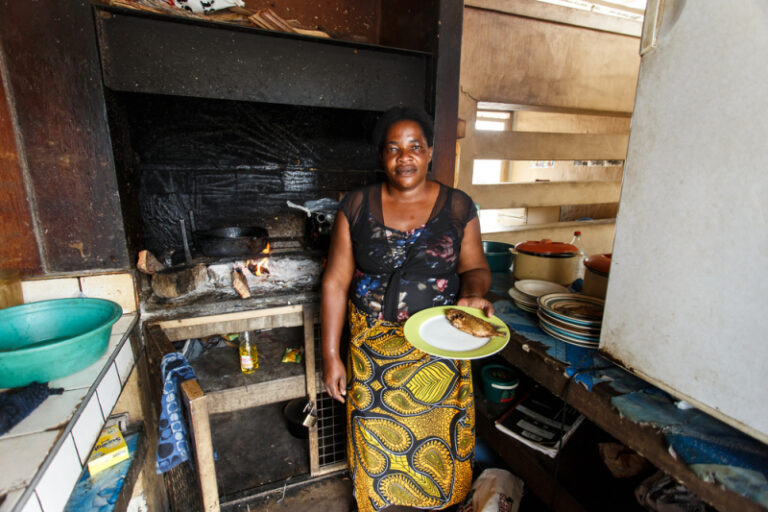Introduction: Dining in Namibia
Dining in Namibia is a unique experience that involves a blend of different cultures, customs, and traditions. The country’s cuisine is heavily influenced by the German and British colonial past, as well as the indigenous culinary practices of the various ethnic groups. From the preparation of food to the way it is served and consumed, every aspect of the Namibian dining experience tells a story of the country’s history and diversity.
Namibian Cuisine: A Blend of Cultures
Namibian cuisine is a reflection of the country’s diverse cultural heritage, with influences from the indigenous tribes, the European colonizers, and neighboring countries such as South Africa and Angola. Some of the popular dishes in Namibia include grilled game meat, maize porridge, biltong (dried meat), fish dishes, and traditional stews made with vegetables and meat. The use of spices and herbs, such as coriander, ginger, and chili, adds flavor and depth to the dishes.
The Namibian Dining Experience: A Social Affair
In Namibia, dining is more than just about eating food; it is a social affair that brings people together. It is common for families and friends to gather around a large table and share a meal, often accompanied by storytelling and laughter. Sharing food is seen as a sign of hospitality and generosity, and guests are always welcomed with open arms. It is also customary to use the right hand for eating, as the left hand is considered unclean.
Namibian Table Manners: Dos and Don’ts
When dining in Namibia, there are some important table manners to keep in mind. For instance, it is considered impolite to start eating before everyone is served, and it is customary to wait for the host to begin eating before starting oneself. Burping and slurping are considered rude, and it is recommended to use utensils rather than hands when eating. Additionally, it is polite to compliment the cook and express gratitude for the meal.
Namibian Drinking Culture: A Respectful Toast
Drinking is an important part of the Namibian dining culture, particularly when it comes to toasting and celebrating. When offering a toast, it is customary to hold the glass with both hands and make eye contact with the person being toasted. It is also common to clink glasses and say “cheers” or “prost” (in German). However, excessive drinking and getting drunk are not tolerated and are seen as signs of disrespect.
Conclusion: Embracing Namibian Dining Customs
Exploring the dining customs and etiquette of Namibia is an enriching experience that allows visitors to connect with the country’s history and culture. By embracing the local customs and traditions, visitors can show respect and appreciation for the warm hospitality and generosity of the Namibian people. From the blend of different cultural influences in the cuisine to the social nature of dining, the Namibian dining experience is truly unique and worth experiencing.


